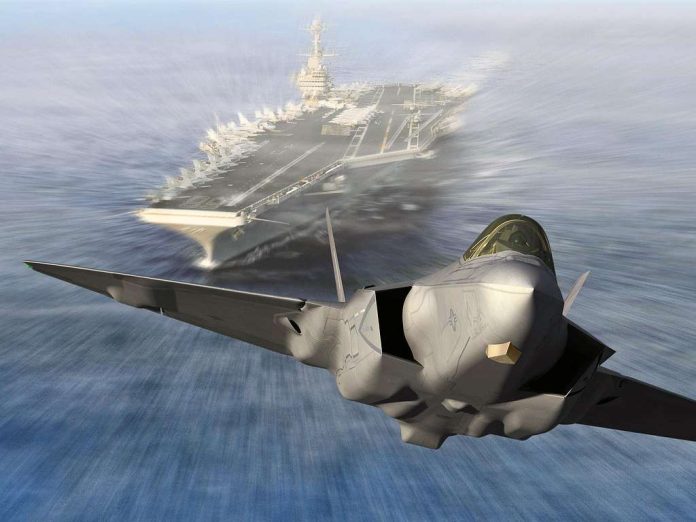
A 25% tariff shock and a spurned F-35 sale India’s recent moves haveupended estimates of the future of U.S.-India defense ties and Asian technology competition. To observers of defense and trade policy, these developments are something more than a day’s headlines; they are a peek into the shifting gears of global power, supply chains, and domestic innovation.
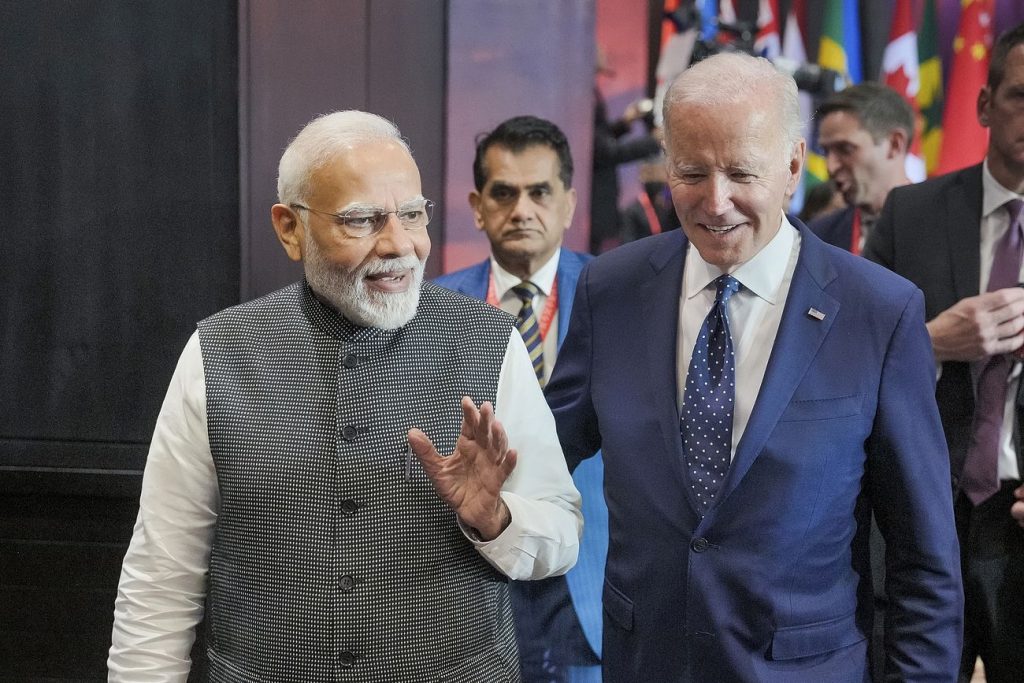
1. India’s Pivot: From Off-the-Shelf to Indigenous Design
India’s official rejection of the U.S. F-35 Lightning II offer, delivered during Prime Minister Narendra Modi’s February White House visit, marks a decisive turn away from expensive, off-the-shelf military acquisitions. As explained by one Indian government official to Bloomberg, “The government is more interested in a partnership focused on jointly designing and manufacturing defense equipment domestically.” The interest is not merely financial; it is an expression of sovereignty, technology transfer, and industrial self-reliance that are the fundamental tenets of the “Make in India” mission. India’s defense production has increased by 174% since the program started, and joint design and indigenous production are now precedent conditions to any major procurement.
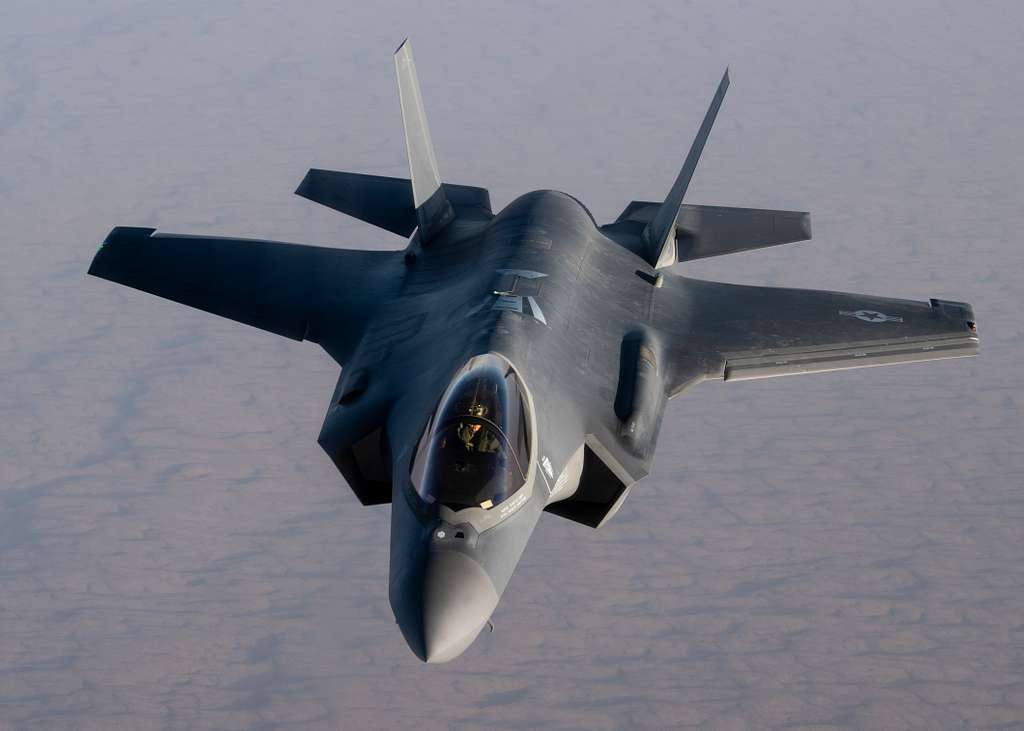
2. The F-35: Stealth, Sensor Fusion and Strategic Restraints
The F-35 Lightning II is the most advanced and highly proliferated fifth-generation fighter in the world, with radar-evading appearance, sensor fusion and advanced sensors, due to which it can be termed a “flying super-computer.” Its AN/APG-81 AESA radar, Electro-Optical Targeting System, and Distributed Aperture System give the pilots unmatched situational awareness, while its internal weapons bays and low-observable materials render it practically invisible to radar detection. Nonetheless, the F-35 program is not without controversy.
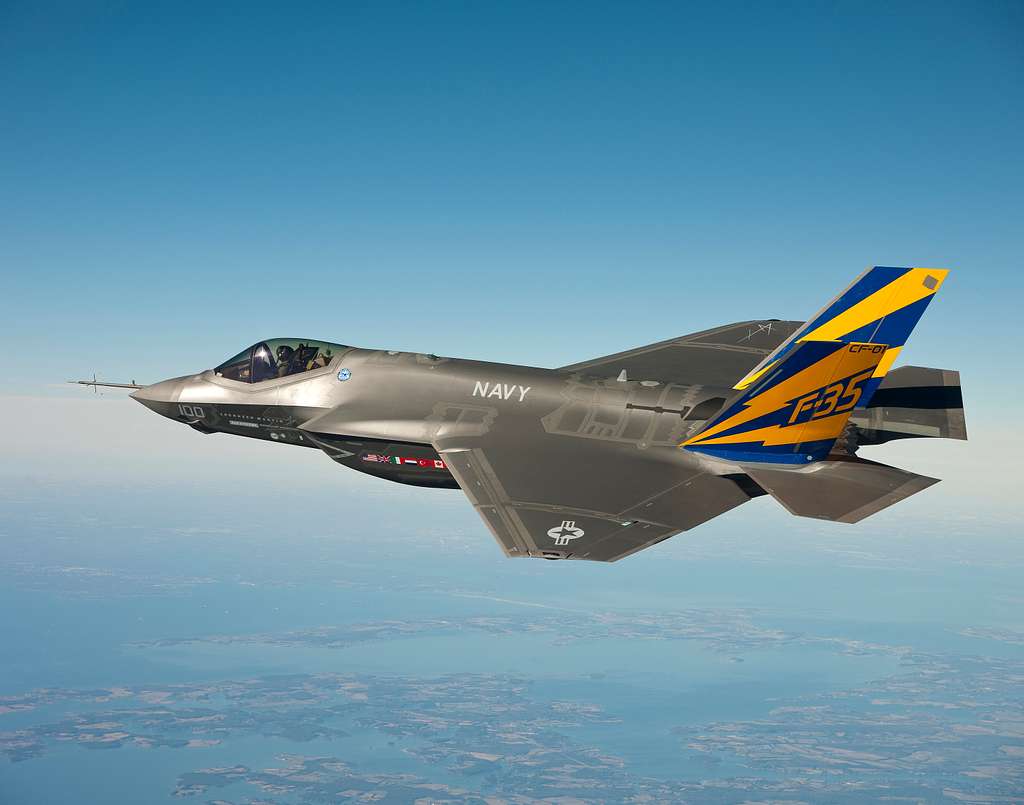
Its total cost over its lifespan is projected to be $1.7–2 trillion, and it has also suffered from persistent reliability and maintenance issues, with the U.S. ‘Fiscal Year 2024 Annual Operational Test and Evaluation report’ commenting that “its stealth attributes are difficult to maintain and not thoroughly tested, and its logistics train is so long that it is difficult to deploy” the F-35 has been a troubled program. For India, the F-35’s single engine, exorbitant price, and inability to interface with existing Russian and French fleets are operational warning flags.

3. Tariff Turbulence: Defense Trade Policy and Supply Chains
President Trump’s abrupt 25% tariff on Indian imports, effective since August 7, has introduced new uncertainty into U.S.-India trade. Indian officials were “shocked and disappointed” at the move, but have shunned immediate retaliation. In place, India is looking at higher U.S. imports of communications equipment, natural gas, and gold to eliminate the trade surplus, excluding new defense purchases. The tariffs also had a ripple effect on the aerospace sector, with crucial aircraft components, composites, and electronics facing 10–25% import duties tariffs for defence electronics and aircraft components. US defense OEMs are presently examining supply chain diversification, such as greater sourcing from India, as cost structures transform and global supply chains disintegrate.
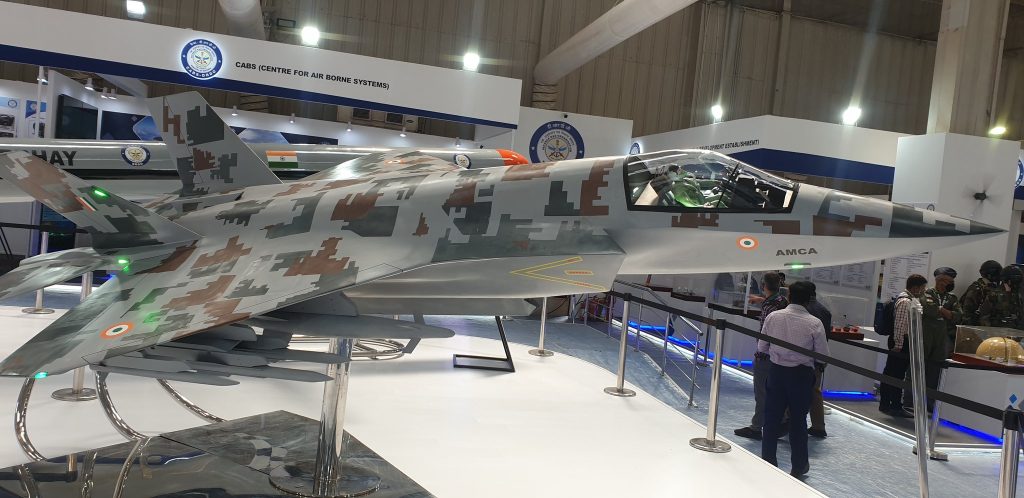
4. AMCA: India’s Fifth-Generation Answer
India’s Advanced Medium Combat Aircraft (AMCA) project has been stepped up, with the engineering development of five prototypes at full scale authorized in March 2024. The AMCA is a twin-engine, 25-tonne stealth fighter for deep penetration and air superiority, with AI-assisted piloting, internal weapon bays, sensor fusion, and netcentric warfare capabilities. According to the Ministry of Defence, “This is an important step.which will be a major milestone towards aatmanirbharta (‘self-reliance’) in the aerospace sector” India’s AMCA programme. The AMCA will cost ₹15,000 crore and be inducted in the early 2030s. Its creation has been viewed as a response to local threats and as protection against future technology embargoes.
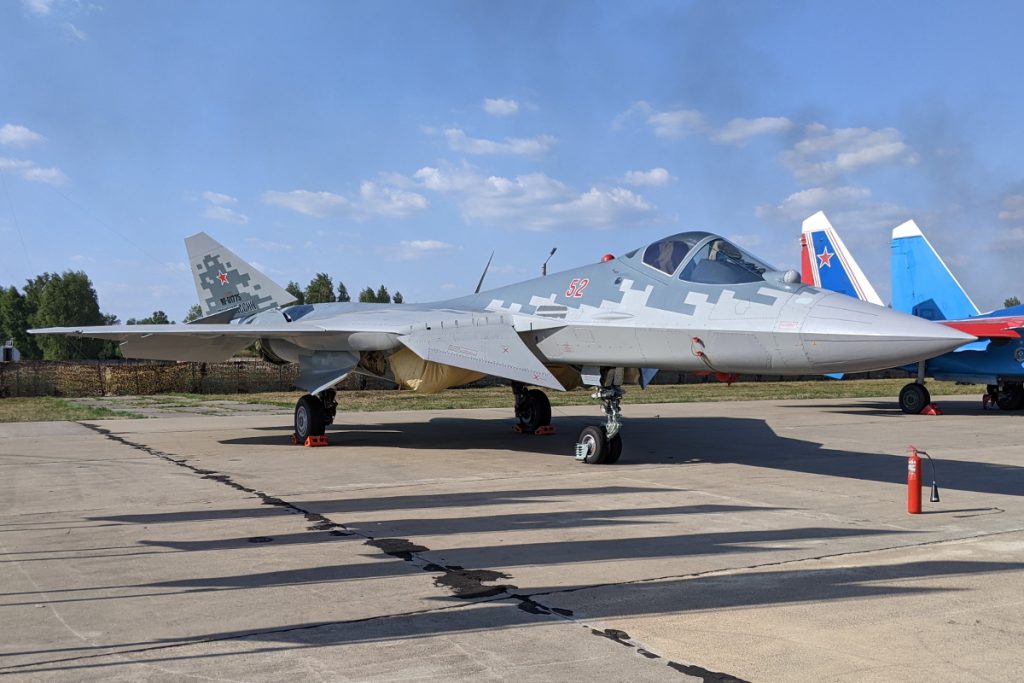
5. Technology Transfer: Russia’s Su-57 and Strategic Autonomy
While the U.S. offered the F-35, Russia returned with an offer of the Su-57E and Su-35M, vowing full technology transfer and up to 60% localization at Hindustan Aeronautics Limited’s Nashik facility. This aligns very well with India’s priorities: operational capability, strategic industrial benefits, and being able to integrate indigenous equipment such as the Astra missile and Virupaksha AESA radar. “We are not merely interested in purchasing we wish to manufacture,” an Indian official emphasized. The Russian offer’s emphasis on domestic assembly and part commonality with existing fleets further predisposes the balance toward alliances that reinforce India’s defense infrastructure Russia’s Su-57E offer.
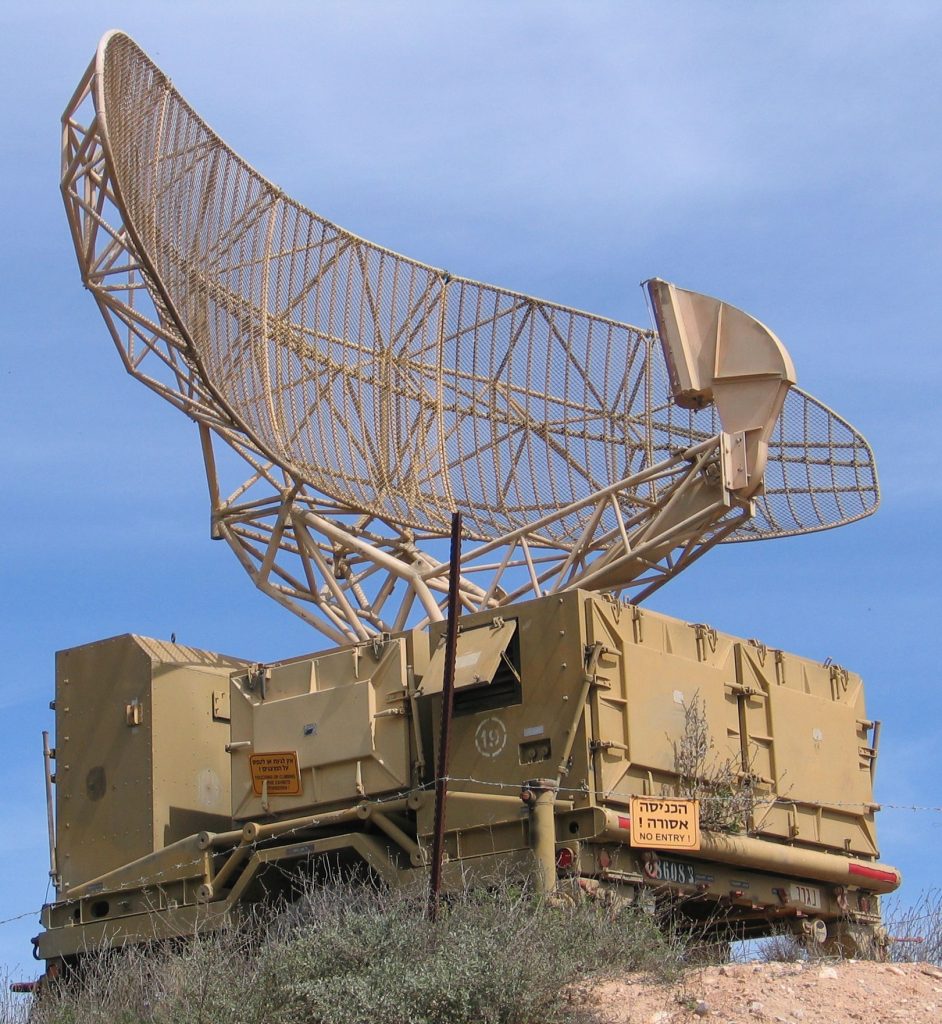
6. Challenges of Integration: U.S. Export Controls and Interoperability
A principal operational constraint on India is the U.S. policy of withholding source codes for radar, electronic warfare, and self-protection suites. This restricts mission programming and integration with India’s net-centric operations, which are founded on a wide variety of Russian and French platforms. F-35 proprietary networking protocols and data links would make it a “stand-alone” asset with no capability to participate in composite multi-platform packages or joint operations an unacceptable limitation for India’s developing doctrine of integrated air operations operational limitations based on U.S. export controls.
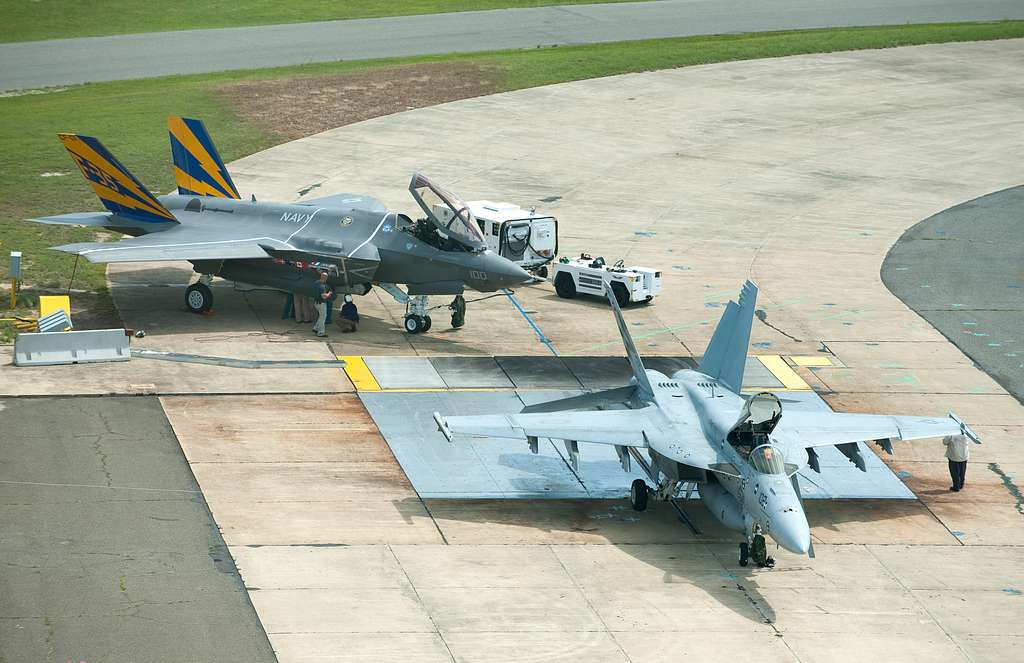
7. Geopolitical Consequences: The Quad, China, and Strategic Signaling
India’s F-35 rejection reverberates far beyond weapons purchasing. For America, the sale was the linchpin of its attempts to resist China’s military expansion and promote Indo-Pacific alliances, with the Quad summit on the calendar. But India’s rejection signals a preference for multipolarity and strategic autonomy, not alignment. The message is clear: defense cooperation with America will intensify only on terms that promote Indian self-reliance and regional leadership. At the same time, India’s homegrown initiative is a direct response to Chinese military expansion and its growing defense alliance with Pakistan, underscoring the imperative of developing homegrown fifth-generation capability.
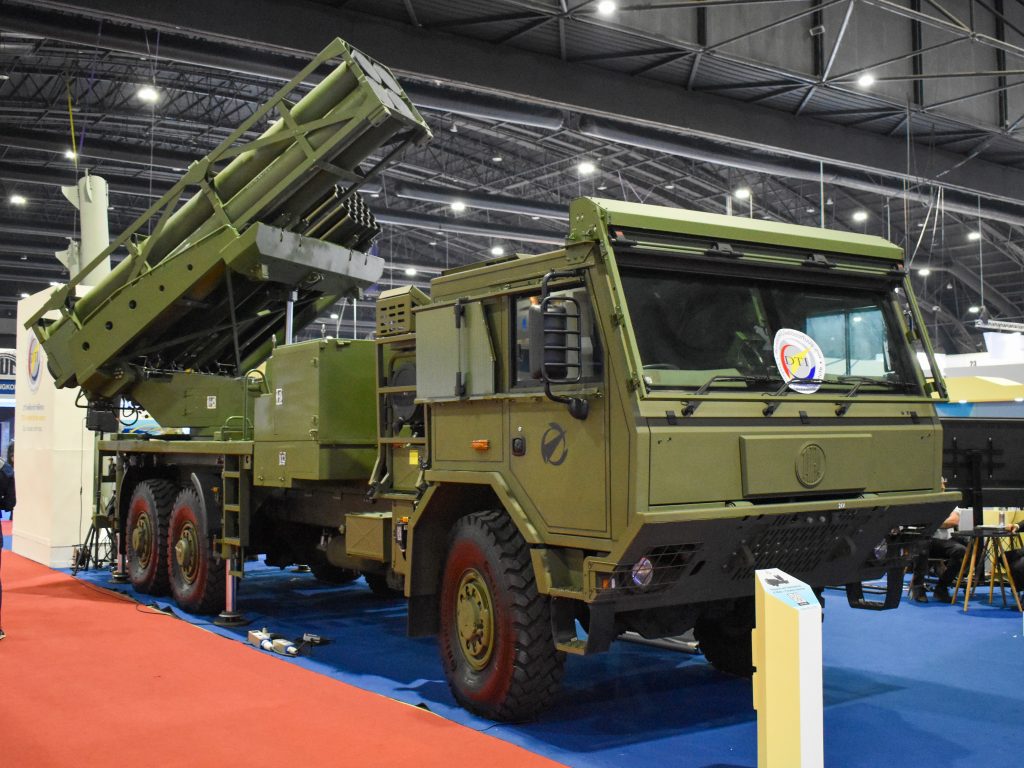
India’s refusal to purchase the F-35, coupled with its increased investment in domestic projects and sensible trade adjustment, is a milestone in the evolution of defense technology, industrial policy, and strategic relationships in Asia.
